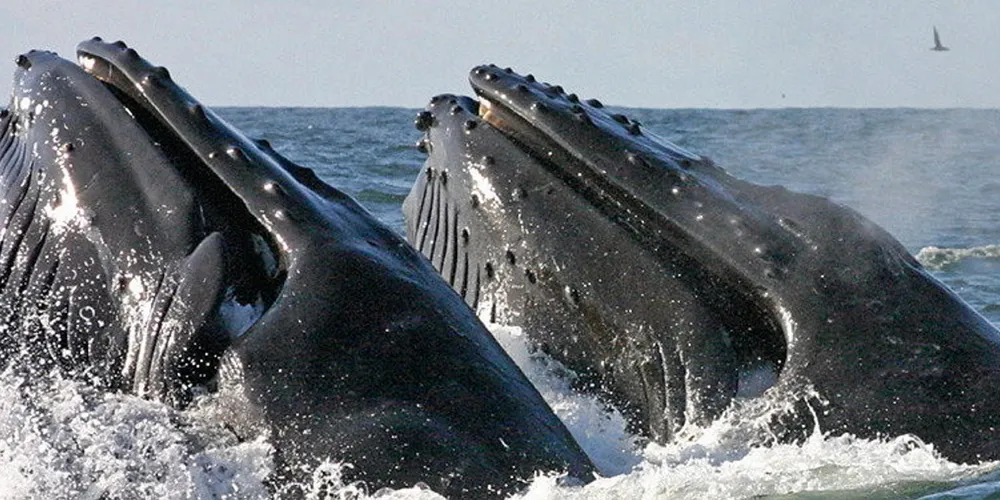'Too much and too fast' | Whale beachings spark call for New York Bight offshore wind pause
Mass marine mammal mortality highlights struggle to roll out giga-scale development in top US markets while protecting environment and key fisheries

A consortium of environmental and fisheries activist groups is calling for a moratorium on all offshore wind-related activities along the US states of New Jersey and New York after seven whale carcasses recently washed up on their beaches.
Since 5 December, four humpback whales, two sperm whales, and a juvenile critically endangered North Atlantic right whale were discovered. The causes of death remain unclear.
In a letter to President Joe Biden, Clean Ocean Action, along with several organisations opposed to offshore wind, insisted that the National Oceanic and Atmospheric Administration (NOAA)’s Fisheries bureau conduct an immediate investigation into the “unprecedented number” of dead whales.
“We demand a full-stop on any new, pending, and planned offshore wind permitting, leasing activities, solicitations, and power purchase agreements”, they said in the letter.
They want the moratorium to encompass federal waters from Cape May at the southern tip of New Jersey to Montauk Point on the eastern extremity of Long Island, New York.
The moratorium would last “until an assessment of the cause of these marine mammal deaths is determined and publicly agreed upon measures can be enacted.”
NOAA-Fisheries is the government watchdog of the US coastal environment and a key consulting agency in the approval of offshore wind projects.
All the whale species are listed as endangered under the Endangered Species Act, with the North Atlantic right whale down to less than 350 individuals.
The group contends that “ongoing geological seafloor-mapping and surveying and other pre-construction and construction actions” may have played a role in these and other marine mammal deaths.
Whale deaths increase in US Atlantic
The roll out of vast amounts of offshore wind in the mid-Atlantic and New England regions is being challenged by the need to protect vital marine ecosystems and lucrative fisheries.
NOAA-Fisheries has 11 active and five pending Incidental Take Authorizations (ITAs) and Incidental Take Regulations (ITR) in the region, which permit the unintended harassment of marine mammals and other wildlife while conducting survey operations but does not authorise accidental deaths.
The strandings are occurring amid years of unusual mortality events (UME) seen in several whale species along the US Atlantic coast starting in 2016.
NMFS data indicates that 174 humpback whales and 35 North Atlantic right whales have perished in that time.
“To date, no humpback whale mortality has been attributed to offshore wind activities.”
“If in fact, there is some connection to the site characterisation work that's going on, we’d expect that there would be some changes to these activities and the permitting that’s going on up and down the east coast.”
Clean Ocean Action is calling for more drastic action beyond the immediate whale deaths and is looking for a slower and more measured rollout of the offshore wind industry in American waters.
“There's just been a lot of fast tracking” of project development, she said. “The government has said, it’s going to be done responsibly and protect the marine environment. We have not seen the evidence of that.”
(Copyright)